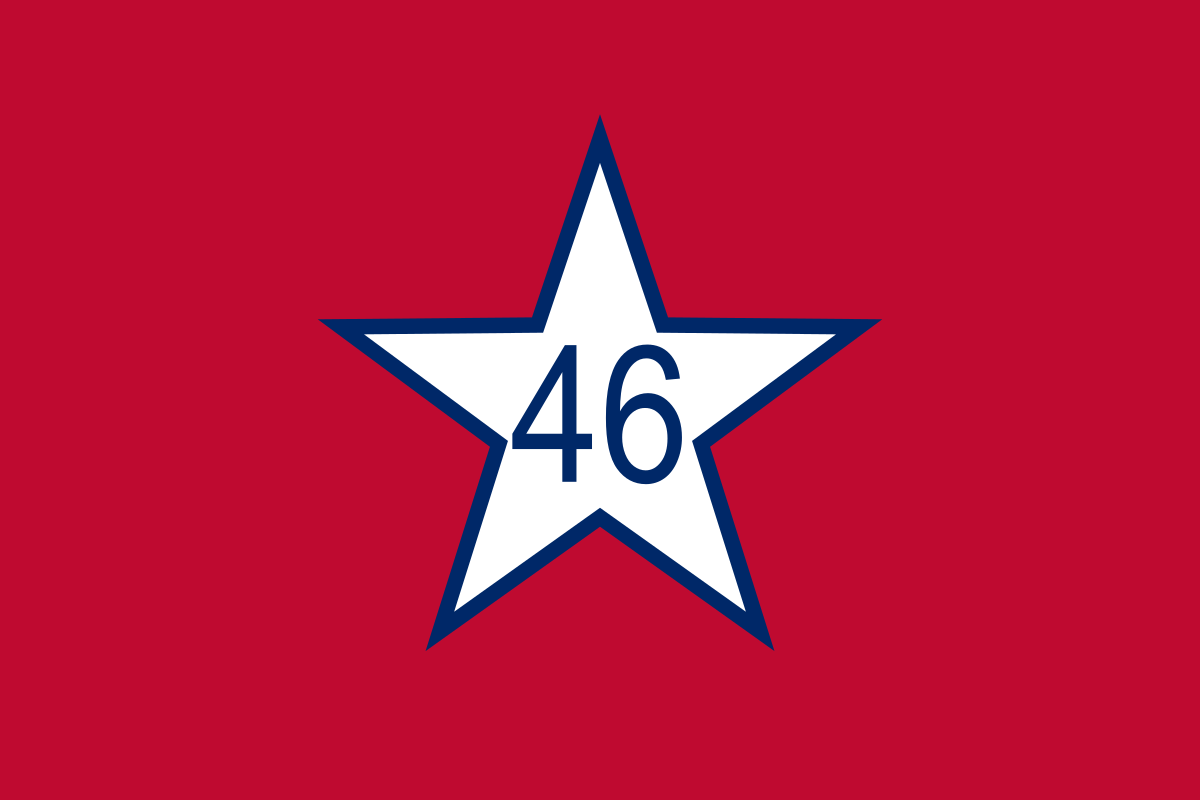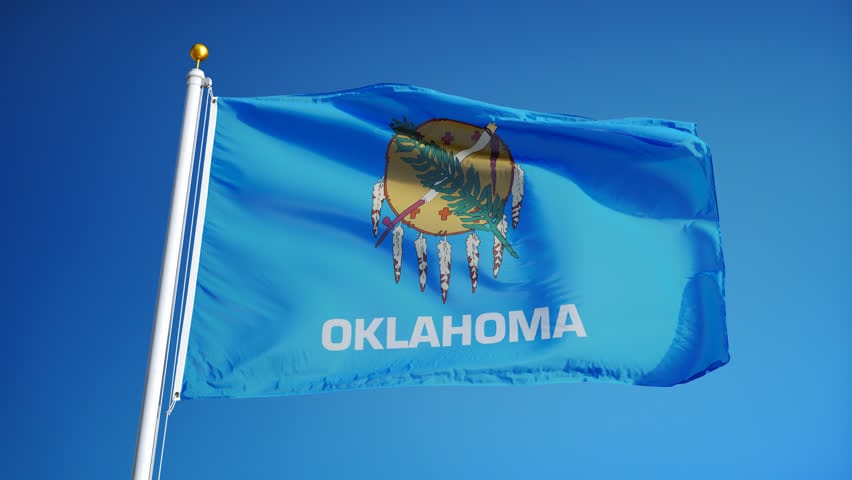Oklahoma’s state flag is more than just a piece of cloth; it's a proud representation of the state’s identity, history, and cultural heritage. For flag enthusiasts, Oklahoma residents, and history buffs, this flag tells a powerful story of unity and diversity. But how did this iconic design come to be, and what significance does it hold today? Let's take a closer look at the history, design, and symbolism of the Oklahoma state flag.
The History of the Oklahoma State Flag
The Oklahoma state flag that we know today was officially adopted on April 2, 1925. However, its tale is one of several transformations, reflecting political developments and cultural shifts.
The First Oklahoma State Flag (1911)
The first state flag, adopted in 1911, was a stark departure from the design we see today. It showcased a white star within a red field, with the number "46" at the center of the star. The number represented Oklahoma’s place as the 46th state to join the Union. While the design carried significance, the red background soon became controversial. Critics associated it with the socialist movement and communism, which led to calls for a new flag design.

The Current Flag Takes Shape (1925)
The demand for change resulted in the creation of a new design in 1925. Conceived by artist Louise Fluke, the current flag design was a conscious effort to reflect Oklahoma's unique history and its rich blend of Native American and settler cultures. The Oklahoma legislature approved Fluke's creation, and it has flown proudly as the state’s symbol ever since.
A Minor Update for Clarity (1941)
Though largely unchanged since 1925, the flag underwent a small alteration in 1941. The name "Oklahoma" was added beneath the central design. This addition ensured the flag's identity would be immediately recognizable, whether flying high or depicted in smaller reproductions.

What the Flag Represents Today
The Oklahoma state flag is much more than a historical artifact; it’s an everyday reminder of the state’s heritage and values. It serves as a symbol of unity for Oklahomans, bridging the past and the future. The harmonious blending of Native American symbols with universal motifs of peace makes it one of the most meaningful and visually striking state flags in the United States.
Whether raised at official ceremonies, schools, or even sports events, the Oklahoma flag flies as a testament to the shared identity of its people. For Oklahomans, the flag represents pride, resilience, and the enduring hope for harmony among all communities.
Why Flag Enthusiasts Love the Oklahoma State Flag?
Flag enthusiasts appreciate the Oklahoma state flag for its intricate symbolism and unique design. Unlike many state flags that simply feature state seals, Oklahoma’s uses culturally significant imagery to tell a story. The thoughtfulness of its design and the rich history it encapsulates make it a standout example of what a flag should represent.

Celebrating Oklahoma’s Heritage
The Oklahoma state flag is not just a piece of history; it’s a bridge between past and present. Whether you’re admiring the striking blue field, reflecting on the Osage shield, or appreciating the universal symbols of peace, this flag tells a story that resonates deeply with Oklahomans and beyond.
If you’re a flag enthusiast or a history lover, exploring the Oklahoma state flag is a rewarding way to connect with the state’s identity and rich cultural tapestry.
The Story Behind the Oklahoma State Flag